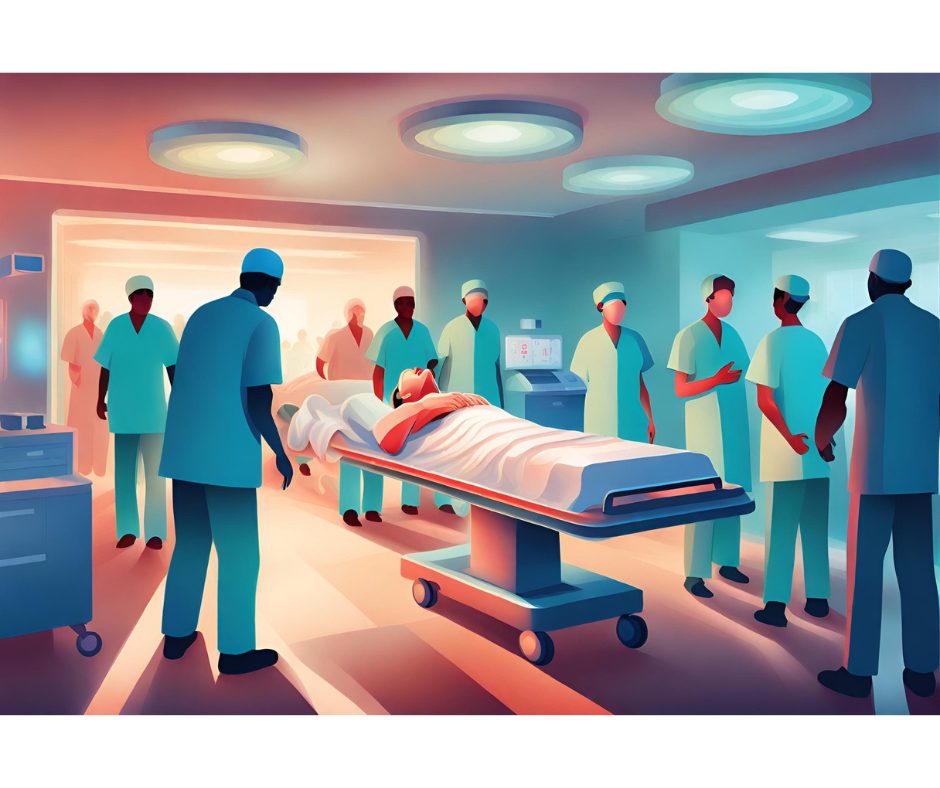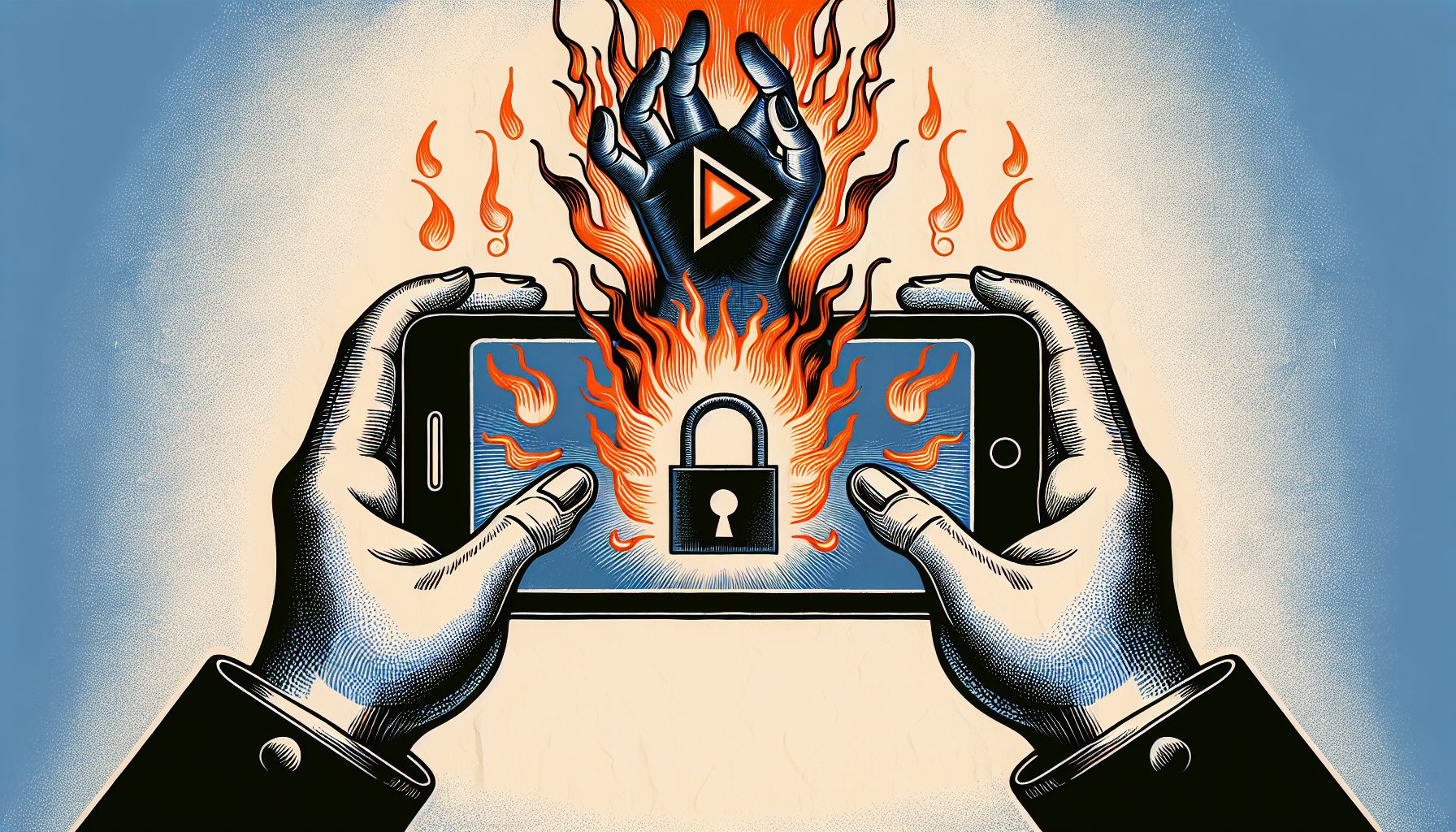Emergency rooms (ER) serve as critical junctions in healthcare systems, providing immediate care for acute medical conditions. However, non-fatal injuries, often resulting from accidents or minor mishaps, significantly contribute to the increasing patient volume in emergency departments. Emergency room overload impacts not only the wait times and quality of care for seriously ill patients but also stretches the ER staff and resources thin.
The increasing number of non-life-threatening conditions treated in ERs raises questions about healthcare accessibility and the public’s health literacy. It reflects on broader systemic issues, such as the inadequacy of primary care access or the lack of awareness about alternative care options like urgent care centers or telemedicine. As emergency departments are faced with managing a wide spectrum of health issues, the strain on the system can lead to delayed diagnoses, treatment errors, and a general decline in patient care standards.
Analyses of ER overload due to non-fatal injuries uncover multifaceted problems. These include economic strains from high healthcare costs, logistical issues in patient flow management, and the physical and emotional toll on healthcare providers.
Causes of Emergency Room Overload
Emergency room (ER) overloads are multifactorial events that strain healthcare systems significantly. Increased incidence of non-fatal injuries and inadequate resources are pivotal in escalating these situations.
Increased Incidence of Non-Fatal Injuries
ERs often witness a surge in patients due to a rise in non-fatal injuries. For instance, Chicago sees frequent cases from urban violence and traffic accidents which add to the daily patient volume. Such injuries require immediate medical attention, thereby contributing to the congestion.
- Types of Non-Fatal Injuries in Chicago
- Gunshot wounds
- Stab wounds
- Motor vehicle accident traumas
- Sports-related injuries
- Workplace accidents
Inadequate Hospital Resources
Often ERs, including those in large cities like Chicago, cope with resource limitations. They face shortages that range from insufficient staffing to a lack of beds and medical equipment.
- Resource Shortages in Chicago Hospitals
- Staff: The number of trained medical professionals is often lower than required.
- Beds: There is a frequent shortfall in the number of available ER beds.
- Equipment: Essential diagnostic and therapeutic devices may be lacking or outdated.
- Space: Physical capacity of ERs isn’t always equipped to handle patient influxes efficiently.
Effects on Healthcare Systems
Non-fatal injuries, while less catastrophic than fatal ones, can significantly burden healthcare systems. They often lead to overcrowded emergency rooms and extended wait times, impacting both patient care and healthcare workers, while also bringing about notable financial consequences.
Impact on Patient Care
In emergency rooms faced with a high influx of patients with non-fatal injuries, the quality of patient care may decline. Critical cases may experience delays as medical professionals triage a larger number of patients, leading to increased wait times and potentially worsened medical outcomes.
Average Wait Times Before Treatment:
- Minor Injuries: Increased by 15-30 minutes
- Moderate Injuries: Increased by 30-45 minutes
- Serious Conditions: Increased by 45-60 minutes
Strain on Healthcare Workers
The overload of patients can lead to healthcare worker fatigue, with staff often required to work longer hours under more stressful conditions. This results in a higher risk of burnout and can lead to decreased job satisfaction and higher turnover rates among emergency room staff.
- Overtime Hours Worked: 10-20% increase
- Staff Turnover Rate: 5% increase year-over-year
Financial Implications
Emergency rooms dealing with a surge of non-fatal injuries face increased operational costs, from additional medical supplies to overtime wages. This situation can result in financial strain due to the uncompensated care provided to uninsured or underinsured patients.
Average Increased Costs:
- Medical Supplies: 20% increase
- Staffing: 15% increase in overtime pay
Legal Considerations
In the face of emergency room overload due to non-fatal injuries, legal considerations become paramount. Both healthcare facilities and the injured have specific legal rights and responsibilities that shape the management of care and resources.
Responsibilities of Healthcare Facilities
Healthcare facilities must adhere to regulatory standards and are legally obliged to provide a certain level of care. For instance, under the Emergency Medical Treatment and Active Labor Act (EMTALA), hospitals with emergency departments are required to provide a medical screening examination to anyone seeking treatment for a medical condition, and if an emergency exists, they must offer stabilizing treatment regardless of the patient’s ability to pay.
Rights of the Injured
Individuals who suffer non-fatal injuries have the right to receive competent medical care. They are entitled to:
- Consent to Treatment: Patients must be informed about their treatments and give their consent.
- Privacy: The Health Insurance Portability and Accountability Act (HIPAA) outlines the rights to privacy concerning one’s medical information.
When rights are infringed, injured parties may contact entities like an Aurora Injury Attorney for legal representation. Attorneys look into cases where there may have been a malpractice or a failure to provide the appropriate standard of care, and work towards getting compensation for damages the injured party suffered due to such negligence.
- Legal Representation: Aurora Injury Attorneys can assist in navigating the legal system to seek damages.
Preventative Measures and Solutions
The key to mitigating emergency room overload lies in policy adaptation and educating communities. These strategies aim to reduce non-fatal injuries and thus alleviate pressures on healthcare systems.
Policy Changes
Policy adjustments aimed at reducing injury rates can have a significant impact on emergency room visits. Legislation such as mandatory helmet use for cyclists and motorcyclists is an example of how policy can mitigate head injuries. Workplace regulations enforcing strict safety protocols and equipment usage can decrease the incidence of occupational hazards.
| Policy Area | Specific Changes | Expected Impact |
| Traffic | – Mandatory helmet laws – Stringent DUI penalties | – Fewer head injuries – Reduced alcohol-related accidents |
| Workplace | – Safety training requirements – Mandatory protective gear | – Less workplace injuries – Lower worker’s compensation claims |
Community Education
Education plays a crucial role in the prevention of non-fatal injuries. Programs that teach safety and first aid can empower individuals to avoid dangerous situations and respond appropriately in case of an injury.
- Safety Workshops: Local fire departments and hospitals can host workshops to instruct on preventative measures for common household injuries.
- First Aid Training: Community centers offering routine first-aid training equip residents to handle minor injuries at home, possibly averting an ER visit.









